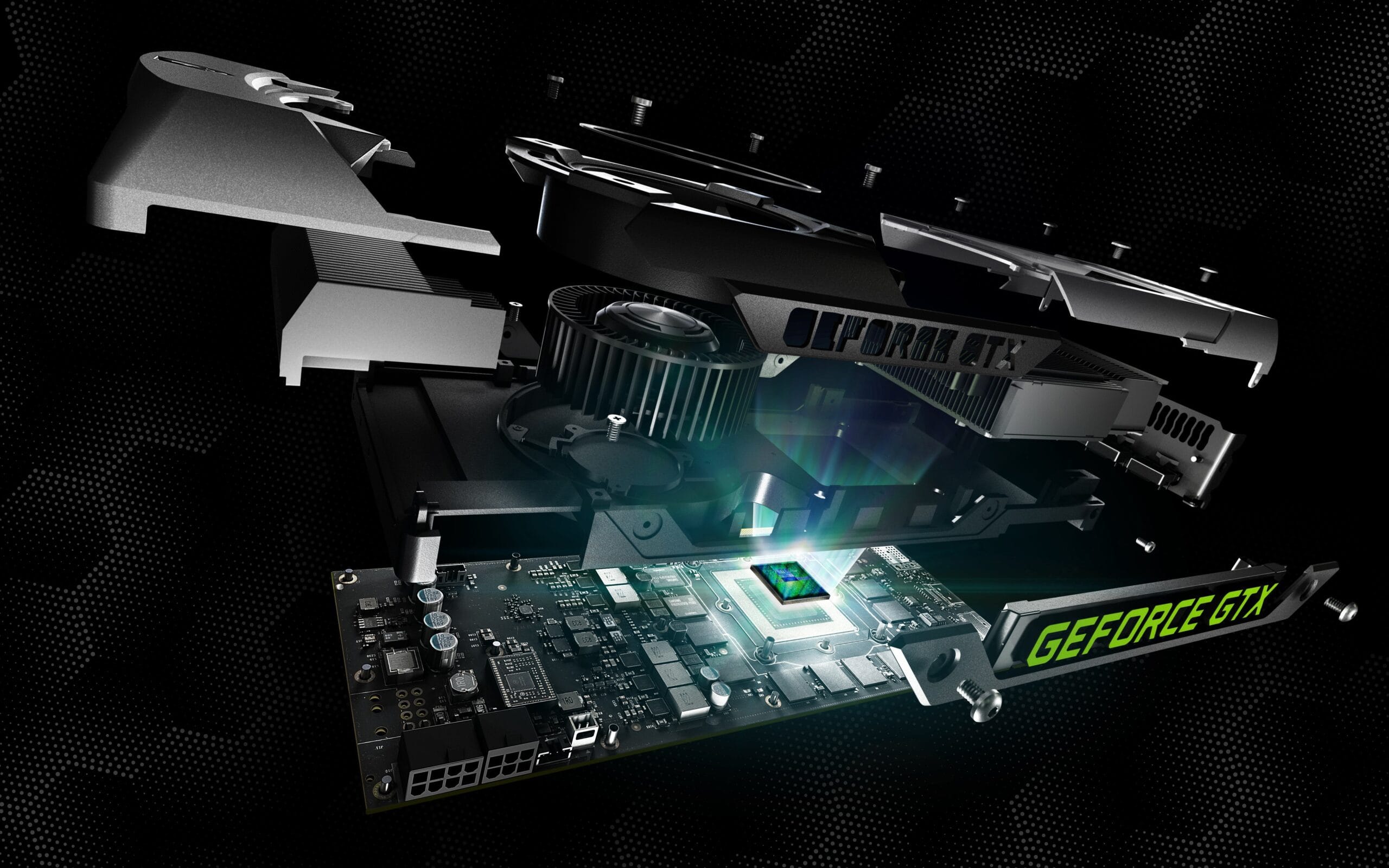Nintendo has once again captured the spotlight with its innovative approach to gaming technology. A recently published patent unveils details of the Switch 2’s Joy-Con controllers and their ability to mimic the functionality of a computer mouse. While the Joy-Con controllers have always been celebrated for their versatility, this latest technological leap could redefine how players and non-gamers alike interact with Nintendo’s console.
The patent, filed with the World Intellectual Property Organization and made public earlier this month, outlines a system of sensors embedded in the Joy-Cons. These sensors reportedly enable the controllers to function as optical mice when placed on flat, hard surfaces. Much like the operation of a traditional computer mouse, the Joy-Cons would track movement by reflecting light off the surface and translating it into cursor movement on the screen. The abstract of the patent explicitly describes the feature as “a sensor for mouse operation,” leaving little doubt about Nintendo’s intentions.
This technological innovation could have far-reaching implications for the Switch 2’s use cases. As gaming consoles increasingly aim to serve multi-purpose roles in our daily lives, bridging the gap between gaming and productivity has become a priority for developers. A Joy-Con that doubles as a mouse could be leveraged for a host of functions beyond gaming, including web browsing, app navigation, and even some forms of light office work.
The illustrations accompanying the patent filings provided further clarity on how this mode is expected to work. While the standard Joy-Con functions such as buttons and joysticks remain intact, the controller’s underside is retrofitted with what appears to be a tracking sensor. Positioned correctly, this sensor can enable seamless cursor movement on any standard display connected to the Switch 2, whether it’s a TV screen or a monitor.
One of the standout benefits of this development lies in its potential application for various genres of games. Strategy, simulation, and certain puzzle games could all benefit from the high-precision control that a mouse-like device can provide. This marks a stark departure from the conventional joystick-driven controls often found in consoles. While these traditional controls serve well for action-packed and real-time games, they are less optimal for games requiring meticulous accuracy. With the mouse function, players could enjoy a new level of flexibility and precision that aligns more closely with PC gaming experiences.
Moreover, the patent has fueled speculation about whether the mouse-like function could be extended to other environments, such as creative applications. Imagine utilizing Joy-Cons as sketch pads or tools for digital painting through touchscreen interfaces or companion software. Such functionality would vastly expand the appeal of the Switch 2, making it a staple not only in living rooms but also in creative studios and workplaces globally.
However, as with any innovation, questions remain about implementation and practicality. One immediate concern is power consumption. Will this functionality drain the battery life of the Joy-Cons faster than other features? Equally important is the issue of ergonomics; how comfortably will players be able to use the controllers in “mouse mode” for extended periods? Nintendo’s patent filings do not provide clarity on these questions, leaving room for debate among experts and enthusiasts.
Another point for consideration is whether this feature will be universally functional across all surfaces. Traditional optical mice often encounter challenges when used on textured or reflective surfaces. It remains unclear how robust and adaptable the Joy-Con sensors will prove to be in such scenarios. While the patent discusses the use of hard, flat surfaces, practical tests will ultimately decide the efficacy of this feature.
Yet another critical factor is developer adoption. The functionality of the Joy-Con as a mouse will be most impactful if it receives widespread support from game developers and other app creators. The scalability of the feature will largely hinge on an ecosystem of content that takes full advantage of this unique capability. Nintendo is no stranger to trailblazing on the hardware front, but its innovations have at times been hampered by a lack of complementary software support. Ensuring that developers from across the spectrum—from indie creators to AAA studios—get onboard will be crucial for the widespread success of this feature.
In terms of positioning and messaging, this innovation could give Nintendo a distinct edge in a console market that continues to push the envelope. Brands like Sony and Microsoft have raised the bar in terms of processing power and graphical fidelity, while Nintendo has long prioritized unique user interfaces and gaming experiences. The mouse functionality incorporated into the Switch 2’s Joy-Cons is in line with this philosophy, aiming to offer a distinctive and memorable user experience.
As of now, it remains unclear when the Switch 2 will be officially announced, let alone released. Patents are, of course, a first step in the journey to consumer products. Often they describe ambitious ideas that may not come to fruition exactly as described—or may not materialize at all. Nonetheless, the information unveiled in this patent reinforces Nintendo’s commitment to innovating at the intersection of entertainment and utility.
This innovative approach could attract a new demographic to the Switch ecosystem—one that ventures far beyond the traditional gamer base. As the line between gaming, work, and creativity continues to blur, having a console that can adapt to multiple use cases could position Nintendo as a leader for yet another generation of gaming.
In sum, this patent points to a bold and exciting future for Nintendo. Whether it ultimately lives up to its promise will depend on how the company addresses the significant practical and developmental challenges ahead. However, it is innovation efforts like this that have always set Nintendo apart, reminding us why it remains a flagship name in the history of gaming.



